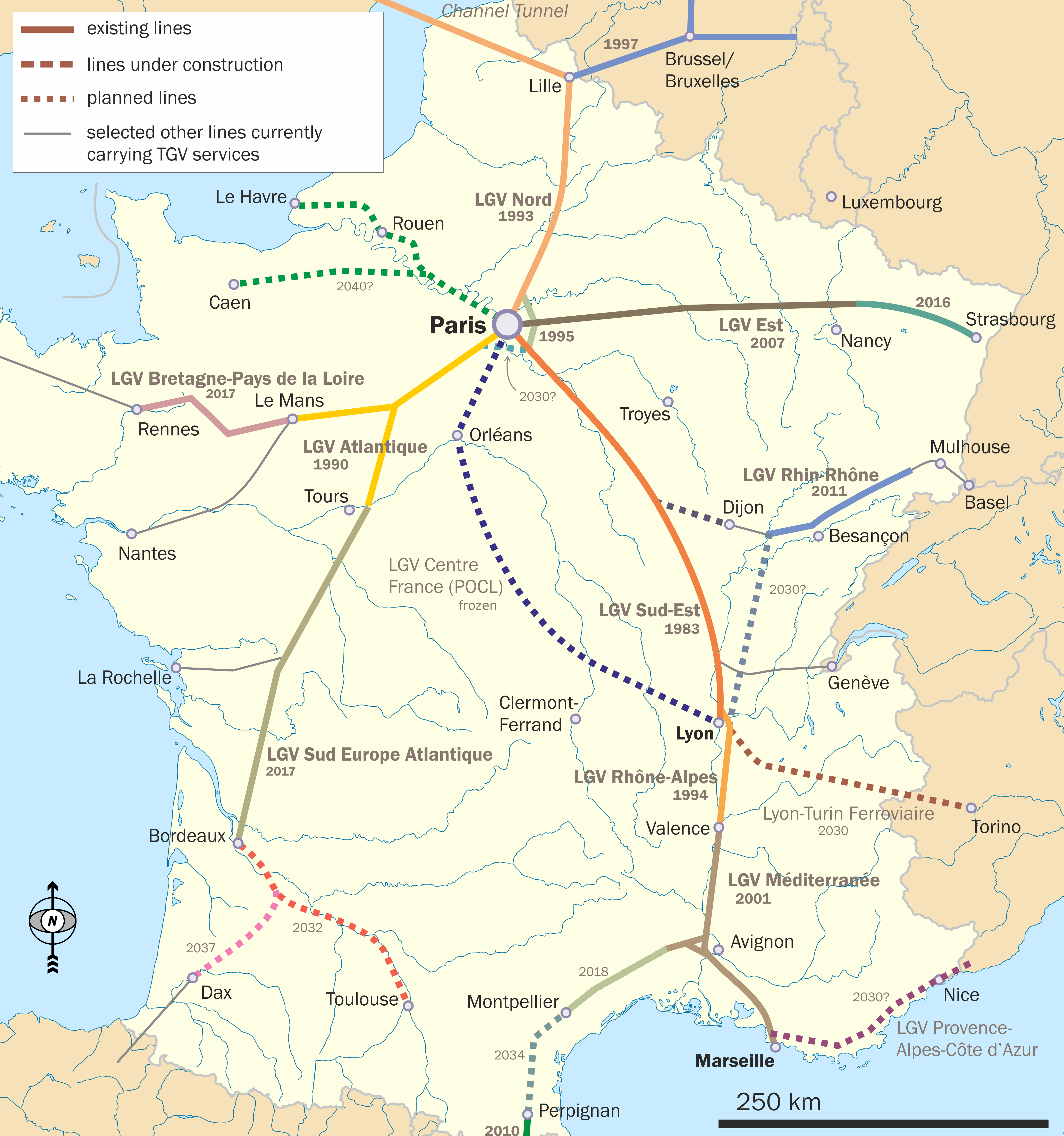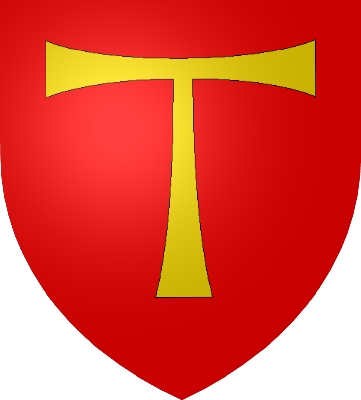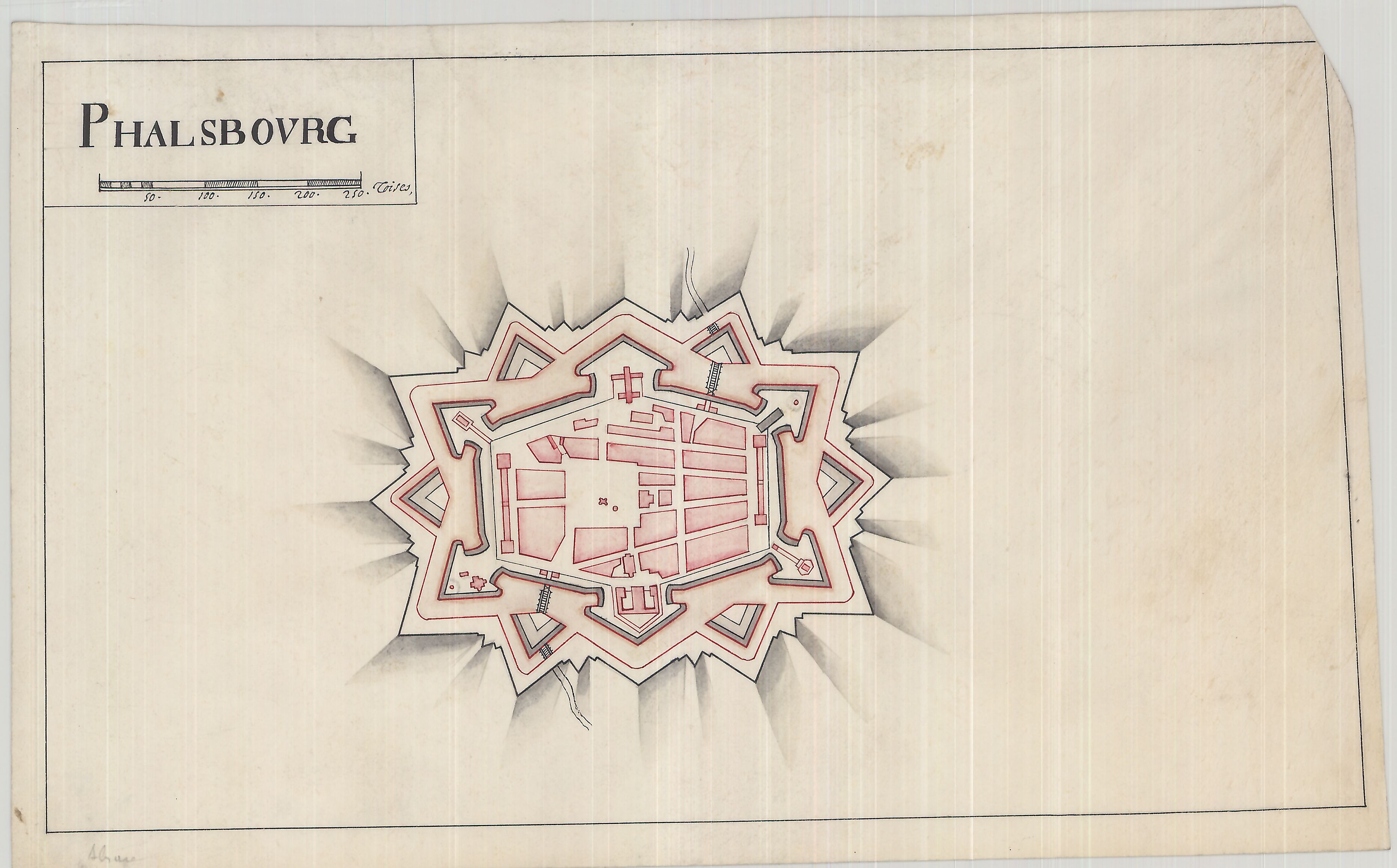|
Réding
Réding (; ) is a commune in the Moselle department in Grand Est in north-eastern France. Geography Réding is located in the south of the Moselle department, near Sarrebourg. The commune is crossed by the RN4 and close to the A4 highway. The Réding station is an important junction station. Located on the line from Paris to Strasbourg, it is the starting point of the line from Réding to Metz-Ville and the line from Réding to Diemeringen which connects the LGV Est to the classic train lines. Réding is served by the bus line n° 1 of the iSibus network. Hydrography The municipality is located in the Rhine watershed within the Rhine-Meuse basin. It is drained by the Bièvre, the Eichmatte stream, the Otterbach stream, the Bubenbach stream and the Steiglenbach. The quality of the water of the commune river system, in particular the Bievre, can be consulted on a dedicated site managed by the ''agences de l'eau'' and the ''Office Français de la Biodiversité''. Histor ... [...More Info...] [...Related Items...] OR: [Wikipedia] [Google] [Baidu] |
LGV Est
The Ligne à Grande Vitesse Est européenne (East European High Speed Line), typically shortened to LGV Est, is a French high-speed rail line that connects Vaires-sur-Marne (near Paris) and Vendenheim (near Strasbourg). The line halved the travel time between Paris and Strasbourg and provides fast services between Paris and the principal cities of Eastern France as well as Luxembourg, Germany and Switzerland. The LGV Est is a segment of the Main Line for Europe project to connect Paris with Budapest with high-speed rail service. The line was built in two phases. Construction on the from Vaires-sur-Marne to Baudrecourt (near Metz and Nancy) began in 2004; the first phase entered into service in June 2007. Construction on the second phase from Baudrecourt to Vendenheim began in June 2010; the second phase opened to commercial service on 3 July 2016. Opening of the second phase was delayed after a train derailed near Eckwersheim during commissioning trials, resulting in 11 de ... [...More Info...] [...Related Items...] OR: [Wikipedia] [Google] [Baidu] |
Communes Of France
The () is a level of administrative division in the French Republic. French are analogous to civil townships and incorporated municipalities in the United States and Canada, ' in Germany, ' in Italy, or ' in Spain. The United Kingdom's equivalent are civil parishes, although some areas, particularly urban areas, are unparished. are based on historical geographic communities or villages and are vested with significant powers to manage the populations and land of the geographic area covered. The are the fourth-level administrative divisions of France. vary widely in size and area, from large sprawling cities with millions of inhabitants like Paris, to small hamlets with only a handful of inhabitants. typically are based on pre-existing villages and facilitate local governance. All have names, but not all named geographic areas or groups of people residing together are ( or ), the difference residing in the lack of administrative powers. Except for the municipal arrondi ... [...More Info...] [...Related Items...] OR: [Wikipedia] [Google] [Baidu] |
Ulrich Of Augsburg
Ulrich of Augsburg (890 – 4 July 973), sometimes spelled Uodalric or Odalrici, was Prince-Bishopric of Augsburg in Germany. He was the first saint to be canonized not by a local authority but by the Pope. Life Early years Much of the information concerning Ulrich is derived from the ''Life of St Ulrich'' written by Gerhard of Augsburg sometime between 982 and 993. Ulrich was born in 890 at Kyburg, Zurich in present-day Switzerland. He was the son of Hupald, Count of Dillingen (d. 909) and Dietpirch of Swabia (also known as Theoberga).Schmid, Ulrich. "St. Ulrich." The Catholic Encyclopedia Vol. 15. New York: Robert Appleton Company, 1912. 25 January 2014. His maternal grandfather was Adalbert II the Illustrious, Count of Thurgau. His family was connected with the dukes of Alamannia and the [...More Info...] [...Related Items...] OR: [Wikipedia] [Google] [Baidu] |
German Empire
The German Empire (),Herbert Tuttle wrote in September 1881 that the term "Reich" does not literally connote an empire as has been commonly assumed by English-speaking people. The term literally denotes an empire – particularly a hereditary empire led by an emperor, although has been used in German to denote the Roman Empire because it had a weak hereditary tradition. In the case of the German Empire, the official name was , which is properly translated as "German Empire" because the official position of head of state in the constitution of the German Empire was officially a "presidency" of a confederation of German states led by the King of Prussia who would assume "the title of German Emperor" as referring to the German people, but was not emperor of Germany as in an emperor of a state. –The German Empire" ''Harper's New Monthly Magazine''. vol. 63, issue 376, pp. 591–603; here p. 593. also referred to as Imperial Germany, the Second Reich, as well as simply Germany, ... [...More Info...] [...Related Items...] OR: [Wikipedia] [Google] [Baidu] |
Treaty Of Frankfurt (1871)
The Treaty of Frankfurt (french: Traité de Francfort; german: Friede von Frankfurt) was a peace treaty signed in Frankfurt on 10 May 1871, at the end of the Franco-Prussian War. Summary The treaty did the following: * Established the frontier between the French Third Republic and the German Empire, which involved the ceding of 1,694 French villages and cities to Germany in: ** Alsace: the French departments of Bas-Rhin and Haut-Rhin, except for the city of Belfort and its territory; ** Lorraine: most of the French department of Moselle, one-third of the department of Meurthe, including the cities of Château-Salins and Sarrebourg, and the cantons Saales and Schirmeck in the department of Vosges. * Gave residents of the Alsace-Lorraine region until 1 October 1872 to decide between keeping their French nationality and emigrating, or remaining in the region and becoming German citizens. * Set a framework for the withdrawal of German troops from certain areas. * Regulated t ... [...More Info...] [...Related Items...] OR: [Wikipedia] [Google] [Baidu] |
1800
As of March 1 ( O.S. February 18), when the Julian calendar acknowledged a leap day and the Gregorian calendar did not, the Julian calendar fell one day further behind, bringing the difference to 12 days until February 28 ( O.S. February 16), 1900. Events * World population approaches the 1 billion milestone which it will attain in 1802. The population distribution by region: ** Africa: 107,000,000 ** Asia: 635,000,000 **China: 300–400,000,000 ** Europe: 203,000,000 ** Latin America: 24,000,000 ** Northern America: 7,000,000 ** Oceania: 2,000,000 January–March * January 1 ** Quasi-War: Action of 1 January 1800 – A naval battle off the coast of Haiti, between four United States merchant vessels escorted by naval schooner , and a squadron of armed barges manned by Haitian pirates (known as picaroons), under the command of general André Rigaud, ends indecisively. ** The Dutch East India Company dissolves. * February 7 – A public plebiscite in Fra ... [...More Info...] [...Related Items...] OR: [Wikipedia] [Google] [Baidu] |
1795
Events January–June * January – Central England records its coldest ever month, in the Central England temperature, CET records dating back to 1659. * January 14 – The University of North Carolina at Chapel Hill, University of North Carolina opens to students at Chapel Hill, North Carolina, Chapel Hill, becoming the first state university in the United States. * January 16 – War of the First Coalition: Flanders campaign: The French occupy Utrecht, Dutch Republic, Netherlands. * January 18 – Batavian Revolution in Amsterdam: William V, Prince of Orange, Stadtholder of the Dutch Republic (Republic of the Seven United Netherlands), flees the country. * January 19 – The Batavian Republic is proclaimed in Amsterdam, ending the Dutch Republic (Republic of the Seven United Netherlands). * January 20 – French troops enter Amsterdam. * January 23 – Flanders campaign: Capture of the Dutch fleet at Den Helder: The Dutch fleet, frozen ... [...More Info...] [...Related Items...] OR: [Wikipedia] [Google] [Baidu] |
Verdun
Verdun (, , , ; official name before 1970 ''Verdun-sur-Meuse'') is a large city in the Meuse department in Grand Est, northeastern France. It is an arrondissement of the department. Verdun is the biggest city in Meuse, although the capital of the department is Bar-le-Duc, which is slightly smaller than Verdun. It is well known for giving its name to a major battle of the First World War. Geography Verdun is situated on both banks of the river Meuse, in the northern part of the Meuse department. It is connected by rail to Jarny. The A4 autoroute Paris–Metz–Strasbourg passes south of the town. History Verdun (''Verodunum'', a latinisation of a place name meaning "strong fort" in Gaulish) was founded by the Gauls. It has been the seat of the bishop of Verdun since the 4th century, with interruptions.A History of Food, Maguelonne Toussaint-Samat, Blackwell Publishing 1992, p.567 In 486, following the decisive Frankish victory at the Battle of Soissons, the city (amon ... [...More Info...] [...Related Items...] OR: [Wikipedia] [Google] [Baidu] |
Toul
Toul () is a commune in the Meurthe-et-Moselle department in north-eastern France. It is a sub-prefecture of the department. Geography Toul is between Commercy and Nancy, and the river Moselle and Canal de la Marne au Rhin. Climate Toul has a oceanic climate (Köppen climate classification ''Cfb''). The average annual temperature in Toul is . The average annual rainfall is with June as the wettest month. The temperatures are highest on average in July, at around , and lowest in January, at around . The highest temperature ever recorded in Toul was on 11 August 1998; the coldest temperature ever recorded was on 9 January 1985. History Toul was known to the Romans as , and was the capital of the Gaulish tribe of the Leuci. In 550, King Theudebald convoked a synod at Toul. In 612, King Theudebert II of Austrasia was defeated by King Theuderic II of Burgundy near Toul. By the Treaty of Meerssen of 870, Toul became part of East Francia, the later Holy Roman Empire. Du ... [...More Info...] [...Related Items...] OR: [Wikipedia] [Google] [Baidu] |
Lorraine
Lorraine , also , , ; Lorrain: ''Louréne''; Lorraine Franconian: ''Lottringe''; german: Lothringen ; lb, Loutrengen; nl, Lotharingen is a cultural and historical region in Northeastern France, now located in the administrative region of Grand Est. Its name stems from the medieval kingdom of Lotharingia, which in turn was named after either Emperor Lothair I or King Lothair II. Lorraine later was ruled as the Duchy of Lorraine before the Kingdom of France annexed it in 1766. From 1982 until January 2016, Lorraine was an administrative region of France. In 2016, under a reorganisation, it became part of the new region Grand Est. As a region in modern France, Lorraine consisted of the four departments Meurthe-et-Moselle, Meuse, Moselle and Vosges (from a historical point of view the Haute-Marne department is located in the region), containing 2,337 communes. Metz is the regional prefecture. The largest metropolitan area of Lorraine is Nancy, which had developed for centu ... [...More Info...] [...Related Items...] OR: [Wikipedia] [Google] [Baidu] |
Phalsbourg
Phalsbourg (; ; Lorraine Franconian: ''Phalsburch'') is a commune in the Moselle department in Grand Est in north-eastern France, with a population of about 5,000. It lies high on the west slopes of the Vosges, northwest of Strasbourg by rail. In 1911, it contained an Evangelical and a Roman Catholic church, a synagogue and a teachers' seminary. Its industries then included the manufacture of gloves, straw hats and liqueurs, and quarrying. History The area of the city of Phalsbourg, originally Pfalzburg, was originally part of the principality of Lützelstein, under the overlordship of Luxembourg, then the bishops of Metz and of Strasbourg, before becoming possessed by the Dukes of Palantine Veldenz, all within the Holy Roman Empire of the German Nation. In 1570, Duke Georg Johann I of Palantine Veldenz founded the town of Pfalzburg as a refuge for Reformed Protestants expelled from of the Duchy of Lorraine, and as an administrative center of his holdings. But the cost forced ... [...More Info...] [...Related Items...] OR: [Wikipedia] [Google] [Baidu] |
Louis XIV
, house = Bourbon , father = Louis XIII , mother = Anne of Austria , birth_date = , birth_place = Château de Saint-Germain-en-Laye, Saint-Germain-en-Laye, France , death_date = , death_place = Palace of Versailles, Versailles, France , burial_date = 9 September 1715 , burial_place = Basilica of Saint-Denis , religion = Catholicism (Gallican Rite) , signature = Louis XIV Signature.svg Louis XIV (Louis Dieudonné; 5 September 16381 September 1715), also known as Louis the Great () or the Sun King (), was King of France from 14 May 1643 until his death in 1715. His reign of 72 years and 110 days is the longest of any sovereign in history whose date is verifiable. Although Louis XIV's France was emblematic of the age of absolutism in Europe, the King surrounded himself with a variety of significant political, military, and cultural figures, such as Bossuet, Colbert, Le Brun, Le Nôtre, Lully, Mazarin, Molière, Racine, Turenne, ... [...More Info...] [...Related Items...] OR: [Wikipedia] [Google] [Baidu] |








